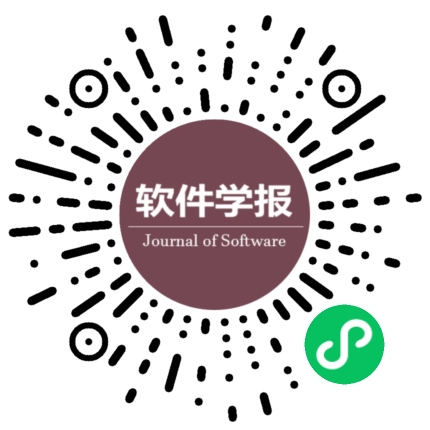一种基于格的隐私保护聚类数据挖掘方法
作者:
作者单位:
作者简介:
通讯作者:
中图分类号:
基金项目:
国家自然科学基金(61232002,61572378,61202034);CCF中文信息技术开放课题(CCF2014-01-02);武汉市创新团队项目(2014070504020237);武汉大学自主科研项目(2042016gf0020,2016-2017)
Privacy Preserving Cluster Mining Method Based on Lattice
Author:
Affiliation:
Fund Project:
National Natural Science Foundation of China (61232002, 61572378, 61202034); CCF Chinese information technology open topic (CCF2014-01-02); Wuhan Innovation Team Project (2014070504020237); Wuhan University independent research project(2042016gf0020, 2016-2017)
引用本文
崔一辉,宋伟,王占兵,史成良,程芳权.一种基于格的隐私保护聚类数据挖掘方法.软件学报,2017,28(9):2293-2308
复制相关视频
分享
文章指标
- 点击次数:
- 下载次数:
- HTML阅读次数:
历史
- 收稿日期:2016-07-10
- 最后修改日期:2016-11-10
- 录用日期:
- 在线发布日期: 2017-09-02
- 出版日期:
文章二维码

您是第位访问者
版权所有:中国科学院软件研究所 京ICP备05046678号-3
地址:北京市海淀区中关村南四街4号,邮政编码:100190
电话:010-62562563 传真:010-62562533 Email:jos@iscas.ac.cn
技术支持:北京勤云科技发展有限公司
版权所有:中国科学院软件研究所 京ICP备05046678号-3
地址:北京市海淀区中关村南四街4号,邮政编码:100190
电话:010-62562563 传真:010-62562533 Email:jos@iscas.ac.cn
技术支持:北京勤云科技发展有限公司



